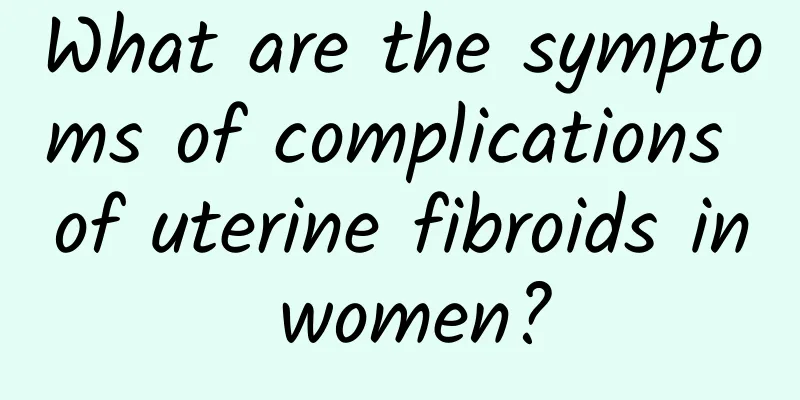What are the differential diagnoses for adnexitis?

|
Adnexitis is a female disease, and adnexitis is a disease that causes infection of the fallopian tubes and ovaries. For a disease like adnexitis, it can only be treated after the corresponding differential diagnosis of adnexitis. So, what are the differential diagnoses of adnexitis ? Let's take a look together! 1. Differential diagnosis of chronic fallopian tube in adnexitis: Ovarian inflammation diagnosis shows tenderness in the lower abdomen. Pelvic diagnosis shows thickening and tenderness on both sides of the uterus, and sometimes an enlarged, fixed cystic mass can be felt. 2. Acute fallopian tube: When diagnosing oophoritis, leucorrhea may be purulent or homogeneous mucous, and the appendages may be tender and painful. Sometimes, the inflammatory mass of the fallopian tube and ovary adhesions may have unclear boundaries and limited movement. Generally speaking, there are no abnormal findings in B-ultrasound diagnosis. The differential diagnosis of adnexitis is limited to the presence of hydrosalpinx or tubo-ovarian cysts, in which case ultrasound diagnosis may reveal a mass. In addition, among the female internal reproductive organs, the fallopian tubes and ovaries are called uterine appendages. Adnexitis refers to inflammation of the fallopian tubes and ovaries. However, fallopian tube and oophoritis are often accompanied by parametrial connective tissue inflammation and pelvic peritonitis, and it is not easy to distinguish them during diagnosis. In this way, pelvic peritonitis and parametrial connective tissue inflammation are also classified as adnexitis. Among pelvic organ inflammations, fallopian tube inflammation is the most common. Due to the proximity of anatomical parts, fallopian tube inflammation, oophoritis, and pelvic peritonitis often coexist and affect each other. The above is the detailed introduction of the differential diagnosis of adnexitis by experts. It is for your reference only. For the differential diagnosis of adnexitis, experts remind you to choose a regular hospital for treatment. In addition, if you have any questions about the differential diagnosis of adnexitis, please consult online experts! For more information, please visit the Annex Inflammation Disease Special Topic http://www..com.cn/fuke/fuke/fjy/ or consult with experts for free. The experts will give detailed answers based on the specific situation of the patient! |
<<: Attachmentitis likes to find these 10 types of girls
>>: Learn about seven common causes of adnexitis
Recommend
How to take the medicine for medical abortion? It is divided into these 6 steps
The so-called medical abortion is to use the stim...
How to detect adnexitis
Adnexitis can be diagnosed through gynecological ...
A review of the causes of threatened abortion
Only the health of pregnant women can ensure the ...
Methods for diagnosing and treating third degree cervical erosion
Among gynecological diseases, cervical erosion is...
Can uterine fibroids eat blood? What should people with anemia eat?
Uterine fibroids may cause excessive menstrual fl...
Treatment of uterine prolapse degree 3
For uterine prolapse of grade 3, appropriate trea...
What are the causes of spontaneous abortion?
Spontaneous abortion usually occurs in early preg...
The best treatment for vulvar leukoplakia
There are three main treatment methods for vulvar...
How to regulate premature ovarian failure
How to regulate premature ovarian failure? Women ...
Common symptoms of uterine fibroids in daily life
Uterine fibroids are a serious gynecological dise...
Will women with cervical erosion get cervical cancer? Five things you need to do to prevent cervical cancer
Cervical erosion sounds scary at first, and peopl...
Revealed: Common causes of vaginitis
The causes of vaginitis are a matter of great con...
Women should pay attention to the dangers of uterine fibroids
Among all the gynecological diseases in women, ut...
Angel supermodel Miranda Kerr reveals secrets of losing weight after giving birth
Who says that a female star’s career ends when sh...
Why do we need to replenish glycogen and carbohydrates before endurance sports competitions?
Nutritional recommendations for game days vary wi...









